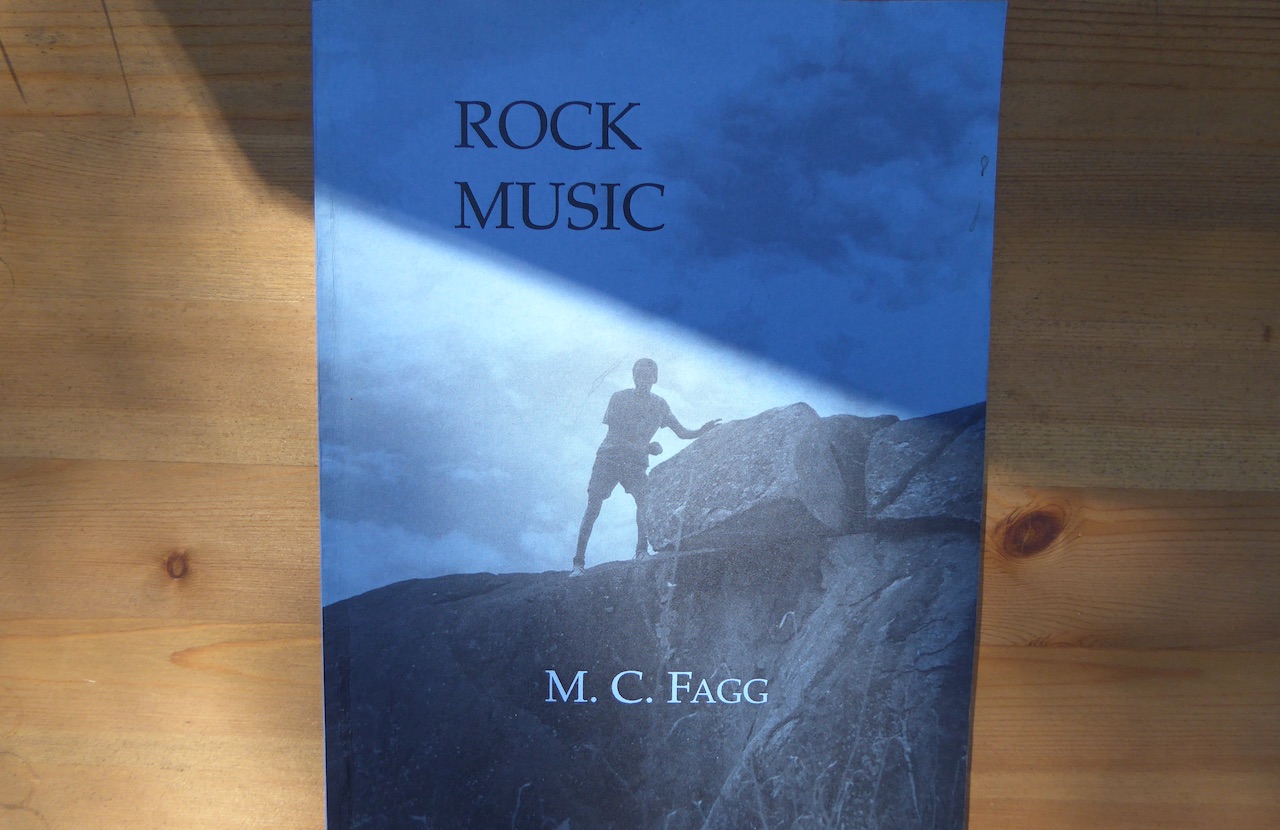Ringing stones: A global phenomenon
Rock music: Ringing stones and lithophones
The archaeologist Bernhard Fagg (1915–1987) lived and worked in Nigeria in the 1950s, before he became the curator at the Pitt Rivers Museum in Oxford. One day, while registering petroglyphs in the Kano emirate in northern Nigeria, he came across some large boulders that sounded very good. The blocks had deep cup marks showing that they had been played. The connection between the stones and the petroglyph fields was quite clear. Fagg described this in lectures and articles and was one of the first who made rock gongs known to the research community. Together with his wife M. Catherine Fagg, he continued to register stones from other African countries, and later elsewhere. In 1997, M. Catherine Fagg published the book Rock Music, which presents ringing rocks from all continents. The book documents 131 stones. The interest has increased in recent years, and today a much larger number of stones are known.
There is no established terminology, but ringing stone is currently a more common term in English than rock gong. Among the many names used in English, the adjectives resonant, sonorous, singing or sounding are put together with stone, rock, boulder, gong or drum.
Lithophone means one or several stones used as a musical instrument, and it covers large, natural boulders as well as worked stones of various sizes and shapes. In practice, however, large boulders are usually not referred to as lithophones. Smaller stones, specially made to play on—i.e., lithophones—are cousins of more well-known instruments such as xylophones (wooden bars) and metallophone (metal bars). These are typical examples of idiophones, i.e., self-sounding instruments (unlike instruments where strings, membranes or a body of air are set in motion).
The oldest known lithophones are from Vietnam, from the Neolithic. They are flat and oblong slabs and are clearly cut so that the series of stones match. The lithophone dàn dá is a traditional instrument that is still played in the central highlands. On this website you can read more about, hear and see Vietnamese lithophones.
In China, lithophones were known early on, and the art of playing them was highly developed in the ancient civilizations. Perfectly shaped and tuned stones were hung in large frames, and were used in sacred rituals.
People have made lithophones in recent times as well. For example, in England’s Lake District, the hornfels from the mountain Skiddaw has been shown to have very good acoustic properties. In the late 18th century, a local inventor built a lithophone of these ‘musical stones of Skiddaw’. In 1840, the stonemason Joseph Richardson built a larger lithophone with eight octaves. With his three sons, he toured in England and on the continent with his ‘Richardson & Sons, Rock, Bell and Steel Band’. They also played in London for Queen Victoria.
The photo is from the opening of the Norwegian Opera in Bjørvika, Oslo in 2008, when the percussionists in the opera orchestra performed a commissioned work for lithophones from the Italian white carrara marble with which the building is covered. The work was initiated by the percussionist Rune Martinsen (far right in the picture). He had collected pieces of marble that were left over from the construction process. Thus, the work—composed by Gisle Kverndokk—was named Marble Surplus. (Photo: Tor G. Stenersen / Aftenposten / NTB)
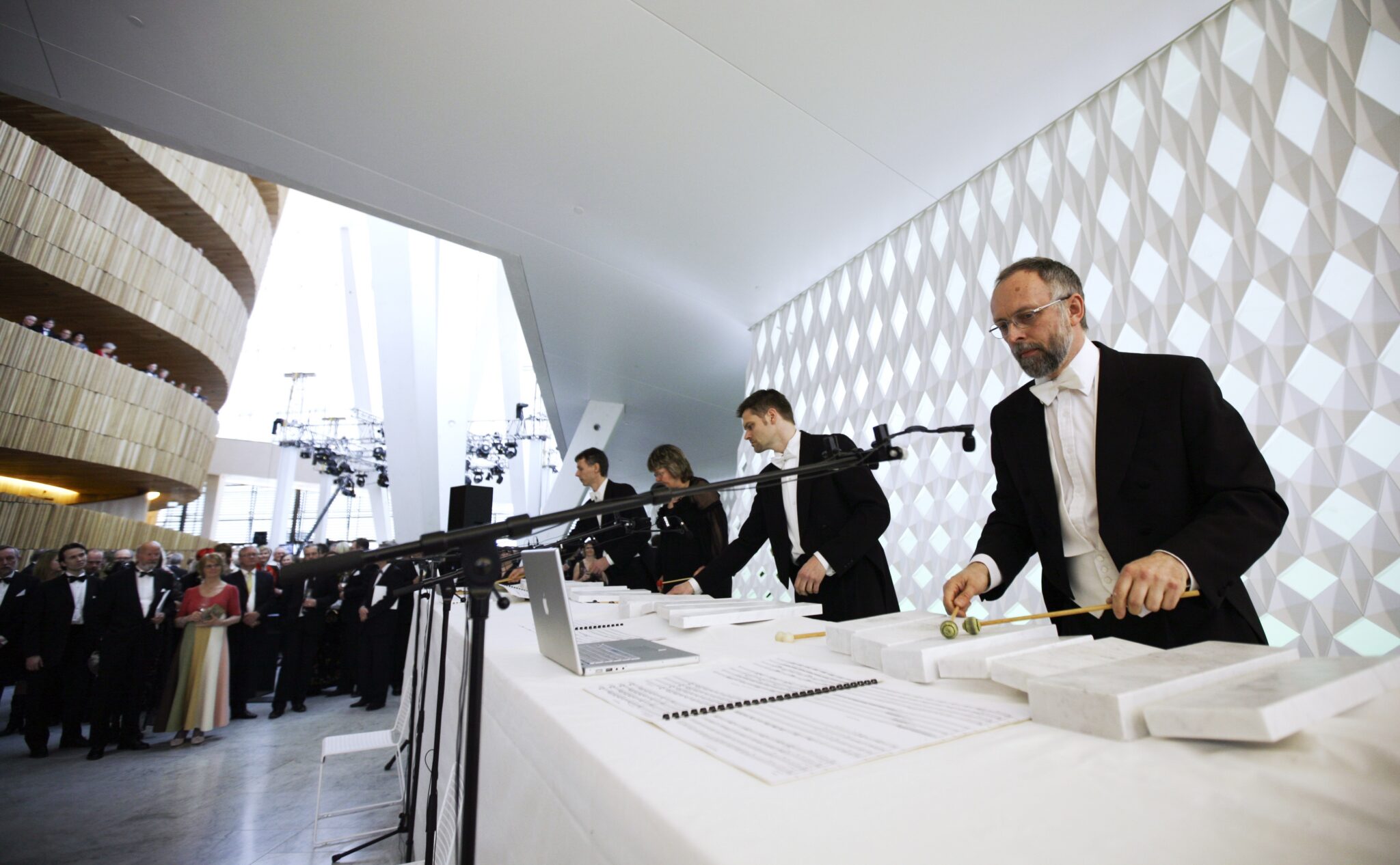
Ringing Rocks Park, Pennsylvania
Some areas have a high density of ringing rocks. An example is the southeastern part of Pennsylvania, where several fields are known. The rock type in these fields is diabase, originating from volcanic activity in the Jurassic about 200 million years ago. The cultural history dates back to the 18th century, when the inhabitants became aware of the stones. After years of urban development in the area, three fields are today preserved and available to the public. On this YouTube video you can listen to the rocks in Ringing Rocks Park, located north of Philadelphia on the border with New Jersey. Like other visitors to the park, the person in the movie plays with metal hammers. Not recommended on Norwegian ringing rocks!
In the 1960s, an American researcher did some experiments in Ringing Rocks Park to examine what distinguished ‘living’ rocks—i.e., rocks with sound—from ‘dead’ rocks. After developing a method for measuring the exact volume and changes in the volume of a sample of stones, the researcher cut both types of stones into several parts. Within 24 hours after they were cut, those with sound expanded, while the stones without sound did not resize at all. The expansion in the boulders with sound was due to internal tensions. Various theories were put forward, about what created the tension in the stones, and why only some stones retained the properties that produce sound. This Wikipedia article has more about the experiments, and interpretations of them.
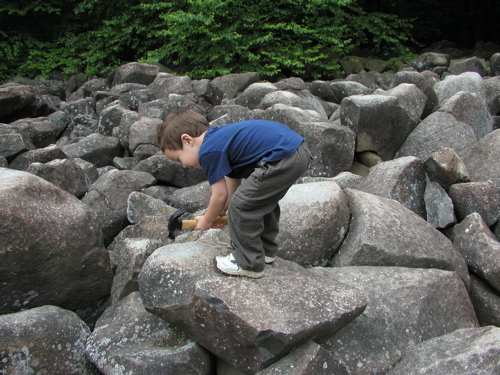
The Fourth Nile Cataract, Sudan
The Nile Valley is another area known for its many boulders (see the picture above. Photo: Cornelia Kleinitz). In connection with the construction of a large dam at the Fourth Cataract in present-day Sudan, extensive archaeological registrations were made, and rock carvings were found in the area, in combination with ringing stones. The German researcher Cornelia Kleinitz who was part of the team studied boulders in their original context for several seasons.
Kleinitz made many analyzes of the stones and looked at the connection between them and petroglyphs and other traces of human activity in the landscape. The ancient monuments, and thus the boulders, date back to the third millennium BC, and the activity seems to have taken place for a long time. Through wear and tear analyses of the boulders, Kleinitz found that people for a long time had struck the places where the sound is best, and that the boulders have different tones in different places. By the large blocks she found smaller stones that have been used to play with.
In addition to documenting and saving as much knowledge as possible before the water reservoir spread across the landscape, a selection of objects was taken care of, including some ringing stones, which are now on display at the British Museum in London. In the video from the museum ‘How to play an ancient rock gong’, Cornelia Kleinitz in collaboration with a drummer, explores possible playing technique and talks about the spectacular stones from the Nile Valley.
A ringing stone on display in a museum is of course something else than a stone in its original landscape. Furthermore, our modern concept of music may fall short when describing possible usage of stones in their original environment, many hundreds—even many thousands of years ago. Were they used for signals, for secret ceremonies for special people, were they part of larger rituals, perhaps with dance—or was it just about making sound and music to have fun?
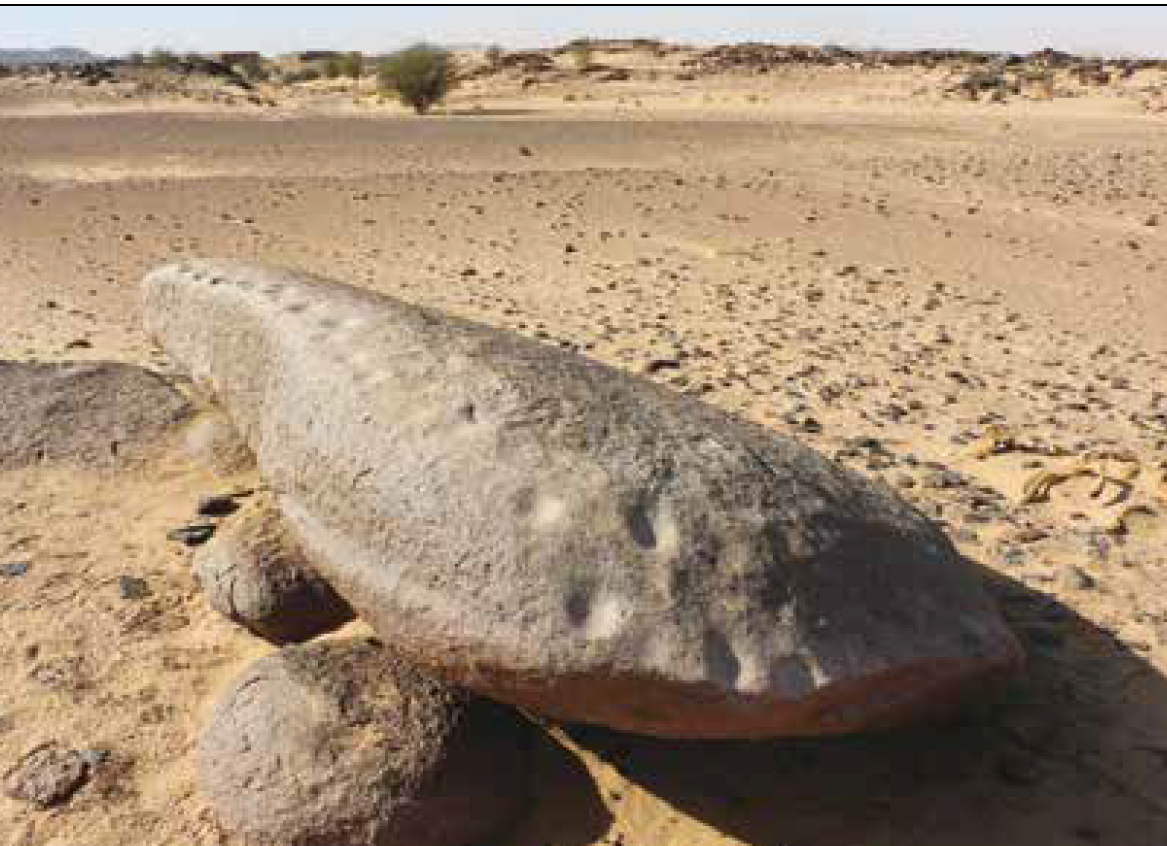
Europe and Scandinavia
Hitherto unknown ringing rocks are occasionally discovered in Europe, but they are not found everywhere, because geology sets its limitations. Most of them are located in the south, west, and north. In Spanish in caves with settlements dating to the Stone Age, stalagmites and stalactites have been shown to have good sound properties, but it is difficult to determine how they were used. In the room called ‘The Organ Sanctuary’ in the caves of Nerja near Malaga, there are several wear marks of people tapping the stalactites.
Scotland has several ringing rocks, often connected to myths and legends. The ringing stone of Tiree, one of the islands of the Inner Hebrides, is a large glacial erratic of granite. It has cup marks and gives different tones depending on where you strike it. According to the legend, a gold jar is hidden inside the stone. If the rock is ever split, the entire island of Tiree will disappear under the waves, it is said.
Sweden is probably the country in Europe with the most ringing stones, and with most research efforts in the field. The music archaeologist Cajsa S. Lund included the sound of Sangelstainen, near Lärbro, Gotland on her phonogram The Sounds of Prehistoric Scandinavia, first released in 1994. According to local tradition, Sangelstainen, also a granite glacial erratic, was a sacrificial stone and a pagan altar. King Olav Haraldsson is said to have knelt on the stone when he was on Gotland in 1038 in an attempt to Christianize the people. His prayer was so strong that there the stone got depressions after his knees and elbows. This is the explanation for the many cup marks on the stone. As in other cases, this legend shows that mythology is not always about the sound of the ringing stones.
Apart from Sangelstainen and Sångstenen (‘song stone’), the Swedish stones are known by names such as Ballerstenen (‘boulder stone’), Klockstenen (‘bell stone’), Klungestenen (‘sounding stone’), Klingastenen and Ringstenen (‘ringing stone’). The 41 stones that Cajsa S. Lund has documented (2019) are distributed throughout the country, with a cluster on Gotland and in Uppland.
In 2010, Lund together with Gjermund Kolltveit had a poster presentation at a research conference for music archaeologists in Tianjin, China, about the Swedish and Norwegian material of ringing stones, entitled Ringing Stones in Sweden and Norway (pdf).
Curator Leif Løchen (1921–2011) documented traditions about the syngjarsteiner (’singing stones’) in Lom and Folldal. Løchen’s work stimulated the general interest in Norwegian ringing stones.
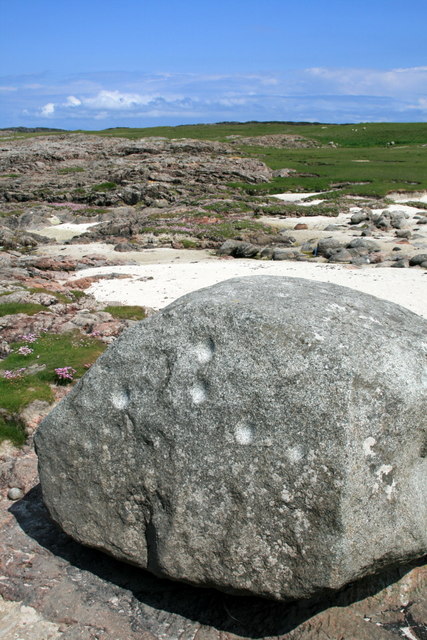
Read more
Here is an overview of selected research and literature relevant to the text on this website and the Scandinavian material of ringing stones. In addition to this, there are a lot of resources on the internet. References to stones in local historical sources are found in the individual entries of stones (‘Ringing stones in Norway’).
Dams, Lya (1984): ‘Preliminary Findings at the “Organ” Sanctuary in the cave of Nerja, Malaga, Spain’. Oxford Journal of Archaeology 3: 1–14.
Fagg, Bernhard (1956): ‘The Discovery of Multiple Rock Gongs in Nigeria’. Man 56: 17–18.
Fagg, M. Cathrine (1997): Rock Music. Oxford: Pitt Rivers Museum, University of Oxford.
Hultman, Maja (2007): Ljud i landskapet. Akustikarkeologi och öländska klangstenar [‘Sound in the landscape. Acustic archaeology and ringing rocks on Öland’]. Master’s thesis, Department of Archaeology and Ancient History, Uppsala University.
Hultman, Maja (2014): ‘Soundscape Archaeology: Ringing Stone Research in Sweden’. Time & Mind 7/1: 3–12.
Kleinitz, Cornelia (2008): ‘Soundscapes of the Nile valley: “Rock Music” in the Fourth Cataract Region’. Studies in Music Archaeology VI (A. Both, R. Eichmann, E. Hickmann and L. C. Koch, ed.): 131–146. Rahden/Westf.
Kleinitz, Cornelia; Till, Rupert and Baker, Brenda J. (2015): ‘Archaeology and acoustics of rock gongs in the ASU BONE concession above the Fourth Nile Cataract, Sudan: A preliminary report’. Sudan & Nubia. The Sudan Archaeological Research Society, Bulletin 19: 106–114.
Kolltveit, Gjermund Kolltveit and Øvrehus, Jarle K. (2014): ‘Klokkesteinen ved Aga’ [‘The Ringing stone by Aga’]. Hardanger 2013: 143–152.
Kolltveit, Gjermund and Lund, Cajsa S. (2010): Ringing Stones in Sweden and Norway – Documentation and revitalization of a prehistoric and traditional sound tool. Poster presentation on the 7h Symposium of the International Study Group on Music Archaeology. Tianjin Conservatory of Music, Kina.
Løchen, Leif (2000): ‘Klangstein’ [‘Sounding stone’]. In Fra skorofele til salmodikon, p. 55. Nord-Gudbrandsdal Folkemusikkarkiv.
Lund, Cajsa S. (1984): Fornnordiska klanger/The Sounds of Prehistoric Scandinavia. LP with booklet. Musica Sveciae MS101, EMI Svenska, Stockholm. (Reessued on CD 1991.)
Lund, Cajsa S. (2009): ‘Early Ringing Stones in Scandinavia – Finds and Traditions, Questions and Problems’. In Studia instrumentorum musicae popularis I, (ed. G. Jähnichen): 129–150. Münster: Verlag MV-Wissenschaft.
Lund, Cajsa S. (2019): ‘Ringing stones in Sweden in the past and present: some reflections’. Time and Mind12/1: 33–44.
